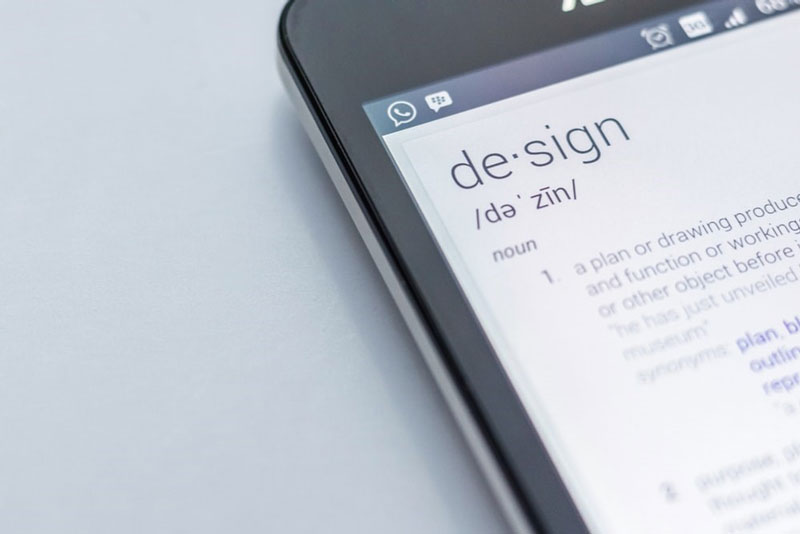
eCommerce is becoming more and more popular due to the ever-growing rate of innovations in the world of business. In the past, selling and buying products online seemed like a dream but it has now become part and parcel of today’s lifestyle. If you’re planning to join the party as an entrepreneur, it’s important that you understand all the basics, such as eCommerce SEO, to cope with the stiff competition.
One thing to consider is that the shopping habits of online shoppers are different from those in a brick-and-mortar store. As such, eCommerce web designs need to adhere to the sedentary shopper as opposed to the land-based retail customer – even if the same goods are sold.
Keep in mind that the technology and consumer demands are always changing. Therefore, it’s imperative that you keep up with the swings. This article will cover all the trending aspects of website design that could shape the future of the industry.
Everything you need to know on one page
A study into online shopping habits discovered that the majority of customers don’t make a purchase on their first visit to a brand’s website – with only eight percent doing so. It was further found that, even if a shopper goes to a brand’s website or mobile app with the intent to make a purchase there, 32 percent will either rarely or never actually make that purchase.
Potential customers are influenced by a websites ability to deliver what they demand. Slow, cluttered and dull web stores are often the reason potential customers flee to a competitor. Optimizing the web store as well as the design has the potential to increase the amount of paying and returning customers.
Let’s take a look at a case study of Engelbert Strauss’s website. The motto of this popular German workwear clothing company is ‘enjoy work.’ This phrase is very much relayed through their simple, easy, elegant, and yet very informative web store.
The visible ‘filter’ and ‘sort’ functions go a long way, but the most appealing aspects from a web design front are the quick info elements. Using the example of the page for their renowned durable yet fashionable workwear clothing, every item on the main page has all of the key information shown clearly. Scrolling down the page to the engelbert strauss isocell dynashield jacket, you can see the price, cost without VAT, an image, and that there are five colour options available.
Going even further, each product has a ‘quick view’ function. To activate, the user clicks on the prompt to get an overlay that shows the rotating item of clothing, colours, sizes, delivery, direction to the details page, and the ‘Add to Basket’ function. The need for simplicity and easy access to information cannot be overstated. The customers feel satisfied when they can view whatever they want without straining. The faster they find their desired products and the simpler the checkout process, the higher the chances of them completing their purchases.

The rise of night mode
While it is more predominantly used for news and feature articles, night mode can also have its uses in web design for eCommerce. The primary benefit of night mode, as described by Wired, is that it is much friendlier on the eye.
In a brick-and-mortar store, people are likely to be impulsive in their purchases simply because they can physically see the products. That’s rarely the case in online shopping since one is likely to browse through various pages in search of the ideal item. As such, online shopping can be as much of a strain on the eyes as land shopping is on the feet.
Night mode could become a useful feature for the online shoppers. It makes browsing less straining, especially for those who spend a lot of time on their phones and computer monitors. Additionally, night mode has a very distinctive look and it is still quite a fleetingly used feature.
A mobile-first strategy is key
Convenience is king and mobiles are the titans of convenience. The rise of mobile browsing has changed the way that web designers operate. Quickly finding the right online web store is usually done by searching the web using a smartphone.
Companies have noticed the switch to mobile based purchases, and so the majority of major outlets have approached design with a mobile-first mentality. Today, it’s very rare to find an online outlet with a website that’s not compatible with smartphone browsing. Implementing such a move is beneficial to both the consumer and the business itself. Mobile user demands are much more basic due to the platform’s constraints. Web design efforts need to be simple but effective.
Simplicity, ease-of-use, and convenience will continue to drive the trends of web design in the eCommerce space throughout 2020.

